In this digital age, I’ve found that using a smartphone is beneficial, especially when staying in touch with family and friends. But, unfortunately, with so many high-tech devices on the market, finding the ideal mobile device for me is pretty difficult. But, thankfully, there’s Apple.
While Apple’s present global success is primarily due to its iPhones, the firm was well-known and well-liked even before the first iPhone was released in 2007. And in this post, I’ll go over some of the critical features of Apple’s iPhone devices.
I’ll discuss what makes each one distinct in its own timeframe. Continue reading for more information.
- The First-Ever Apple Mobile Device
- The Rise Of 3G And 3Gs
- iPhone 4 And 4S Makes It Even Better
- Introducing The iPhone 5 Series
- The Triple-Camera Lens Of The iPhone 12 Series
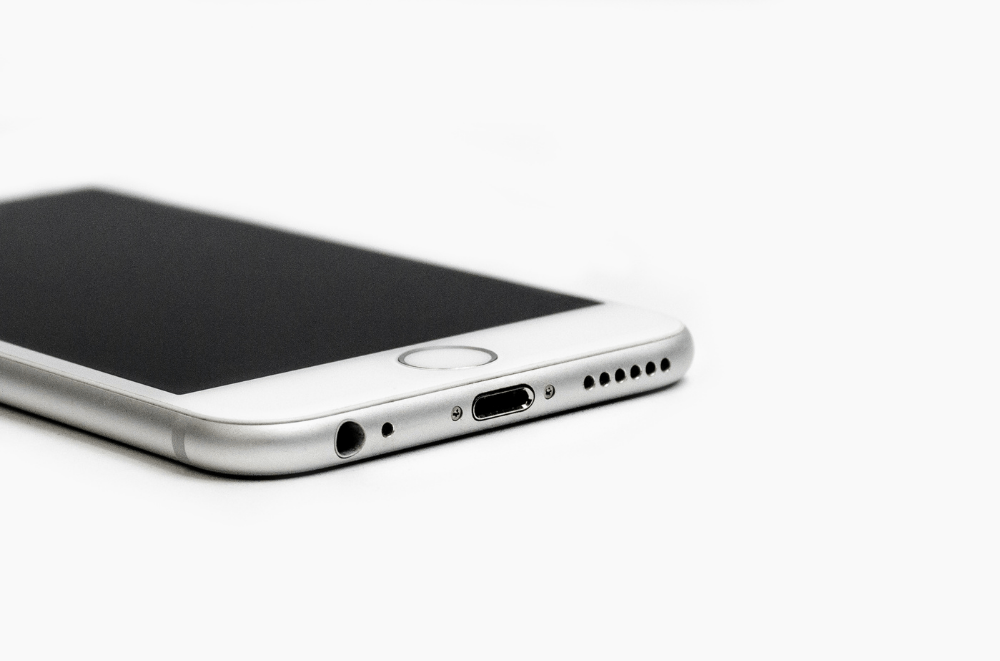
The First-Ever Apple Mobile Device
There’s the legendary first-generation iPhone that came to market before the company’s new iPhone 12 series. The first phones created and sold by Apple Inc. were the iPhone 2G and iPhone 1, which were released after 2008.
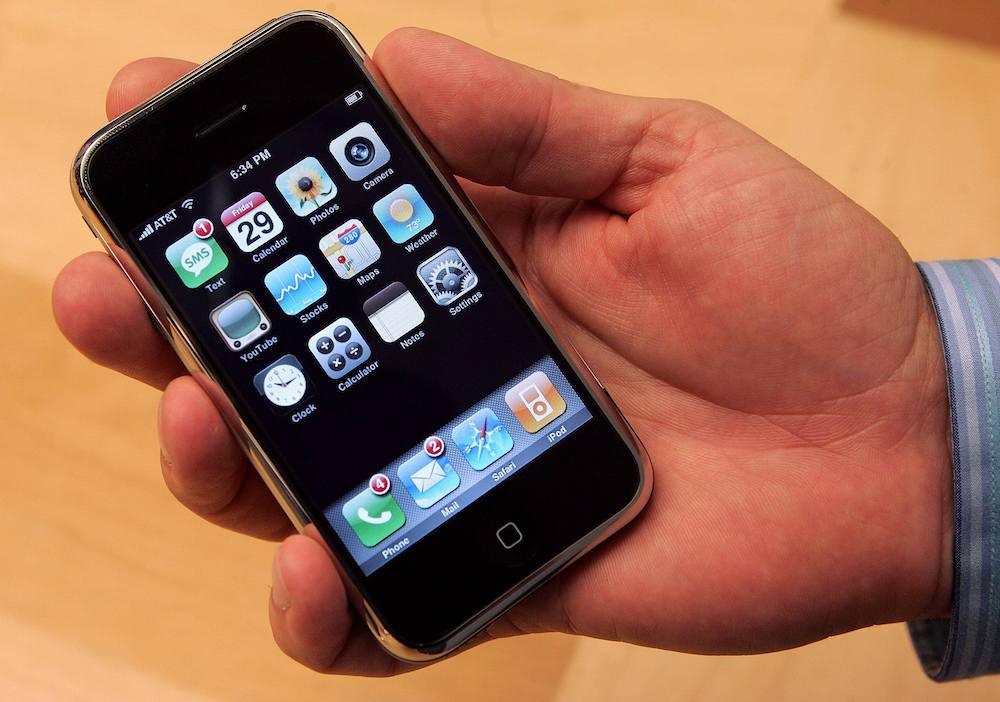
It was formally revealed in January 2007 after years of speculations and conjecture, and it was published in June in the United States. The first iPhone was prototyped in 2005. However, it was a tightly held secret until it was announced publically in 2007.
The gadget defied convention by removing most hardware controls and foregoing the use of a pen for its screen-based interface, instead opting for just a few touch controls and a screen. It had quad-band GSM cellular coverage with GPRS and EDGE file transfer capability and ongoing web access and core processors to allow non-voice different components.
Most latest iPhone models that came out have used this technique. The iPhone 3G, its counterpart, was unveiled in June 2008.
Features Of iPhone 1st Generation
On June 29, 2007, the iPhone was introduced in the United States for $499 for the 4 GB edition and $599 for the 8 GB variant, which required a 2-year commitment. The rear shell of the iPhone is composed of polished aluminum.
Its touchscreen is a 320×480 quality LCD multi-touch display with 163 PPI and a diagonal measurement of roughly 3.5 inches, which is significantly larger than other smartphones at the time. In addition, the iPhone’s back camera has a sensor of 2 megapixels and supports presence detection.
The iPhone used a Samsung 32-bit ARM CPU that had been underclocked from 620 MHz to 412 MHz to improve battery performance. A speedometer, sensors, and a phototransistor were among the sensors incorporated in the iPhone. In addition, the iPhone has a 3.5-millimeter auxiliary headphone socket.
The Rise Of 3G And 3Gs
The iPhone 3G was released a year after the release of the 1st generation iPhone. The second-generation smartphone came with a slew of new technology capabilities, including 3G internet and GPS, but most significantly, it was the first handset to integrate the App Store.
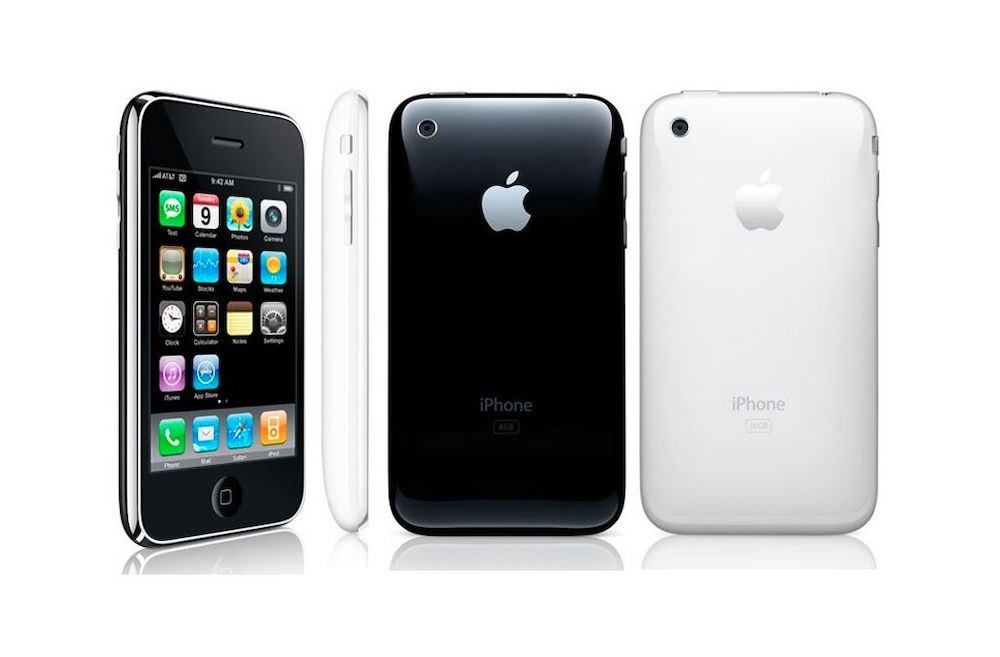
Apple’s distribution stage lets consumers access and installs third-party apps, with over 2 million free apps as of early 2018. In terms of specific features, the iPhone 3G was very similar to the first iPhone. However, this iPhone was named for its 3G connectivity, which provided a connection to the web.
Later, with the iPhone 3GS, Apple included a 32 GB storage capacity, twice the capacity of the original iPhone. The introduction of the App Store had a significant impact. However, 16 GB wasn’t going to be enough for images, audio, and applications.
The camera was upgraded to 3 MP, and a camcorder was added. Apple also included Voice Control, but Siri wouldn’t arrive for another decade.
Features Of iPhone 3G
Apple’s operating system, iOS, is included with the iPhone 3Gs. iOS’s interface is built around the idea of direct visualization via multi-touch motions. Sliders, buttons, and switches are examples of user interface components.
Some apps employ internal accelerometer sensors to adapt to trembling or spinning the device vertically. In addition, OmniVision’s enhanced 3-megapixel camera is included in the iPhone 3GS.
It has a larger pixel density and auto-focus, auto white tone, auto macro, and the ability to capture VGA video. The Samsung APL0298C05 processor, which was created and produced by Samsung, powers the iPhone 3GS.
iPhone 4 And 4S Makes It Even Better
The first iPhone with a selfie camera was the iPhone 4. Apple had no idea that selfies were about to take over the globe. It has a Retina screen as well. With 512 MB of RAM, it could handle far more than the iPhone 3GS, which had just 256 MB.
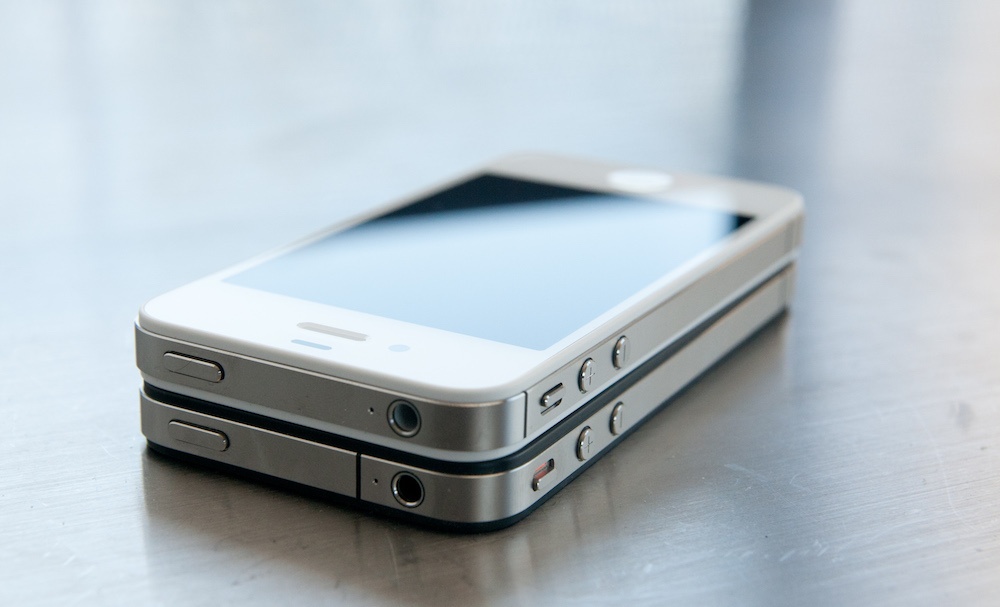
Although the hardware was starting to seem some more recognizable, the iPhone’s highest storage capacity remained at 32 GB. The iPhone 4 was Apple’s flagship iPhone version for the longest period, lasting fifteen months.
Even though the 4S successor was unveiled in October 2011, on the other hand, this iPhone was dubbed “4S,” with the “S” standing for Siri, an iPhone 4S-only smart virtual assistant that was eventually featured in subsequent generations of Apple mobile devices.
The iPhone 4S has substantial internal enhancements, such as an update to the Apple A5 processor and an 8-megapixel lens with 1080p video processing while keeping the majority of the iPhone 4’s exterior appearance.
Features Of The iPhone 4
LG made the iPhone 4’s display under its exclusive deal with Apple. On a 3.5 in (8.9 cm), 960640 resolution, it has LED-backlit TFT LCD technological improvements with an image quality of 326 pixels per inch.
The width of each pixel is 78 nanometers. The device offers an 800:1 aspect ratio. The back panel’s clots and the band between front and back have been abolished and replaced with smoothed edges.
The iPhone 4S, on the other hand, was launched two days before the gadget and came with iOS 5, which was published on October 12, 2011. The smartphone may be upgraded to iOS 9 as of April 2021. Music, movies, ebooks, books, and talks may all be played on the iPhone 4S.
Introducing The iPhone 5 Series
Apple Inc. created and marketed the iPhone 5, which is a phone. It is the iPhone 6th generation, after the iPhone 4S and before the iPhone 5S and 5C. On September 12, 2012, it was officially announced at a press event and then launched on September 21, 2012.
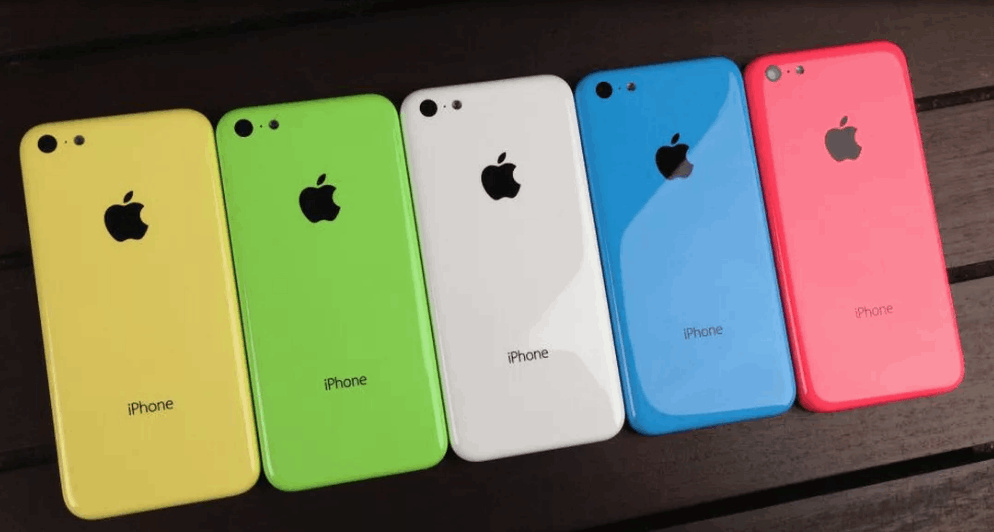
In comparison to its successor, the iPhone 5 had significant design modifications. It had an aluminum-based shell that was smaller and lighter than prior models and a larger display with a nearly 19.5:9 aspect ratio.
The Apple A6 system-on-chip, LTE connectivity, and Lightning were among these features. The iPhone 5c featured a plastic casing and was intended to be more inexpensive.
It came in four distinct hues, but there wasn’t much else that was unusual. Fingerprint Sensor and slow-motion video were all new features on the iPhone 5s.
Features Of The iPhone 5 Series
iOS 6, which was launched on September 19, 2012, comes pre-installed on the iPhone 5. Many of the iPhone 5’s technologies that operate with the bundled iOS 6.0 software were only available in select regions when it was released. Apple has stated that this is a rolling initiative that will take longer to roll out in additional areas.
The iPhone 5S, on the other hand, keeps the same design as the iPhone 5, with a 4-inch LCD multi-touch Retina display with a screen resolution of 640×1136 pixels at 326 pixels per inch.
The home button has been redesigned with a new flat design employing a laser-cut sapphire cover surrounded by a metallic ring. On the other hand, the iPhone 5C runs on iOS, Apple’s mobile operating system. iOS’s user interface is based on the notion of multi-touch gestures for direct interaction.
The Triple-Camera Lens Of The iPhone 12 Series
Now that we’ve covered the past let’s move on to the current iPhone 12, which I’m eager to experience. The 6.1-inch iPhone 12 is the heir to the iPhone 11, while the 5.4-inch iPhone 12 is the tiniest iPhone Apple has released since the iPhone SE in 2016.
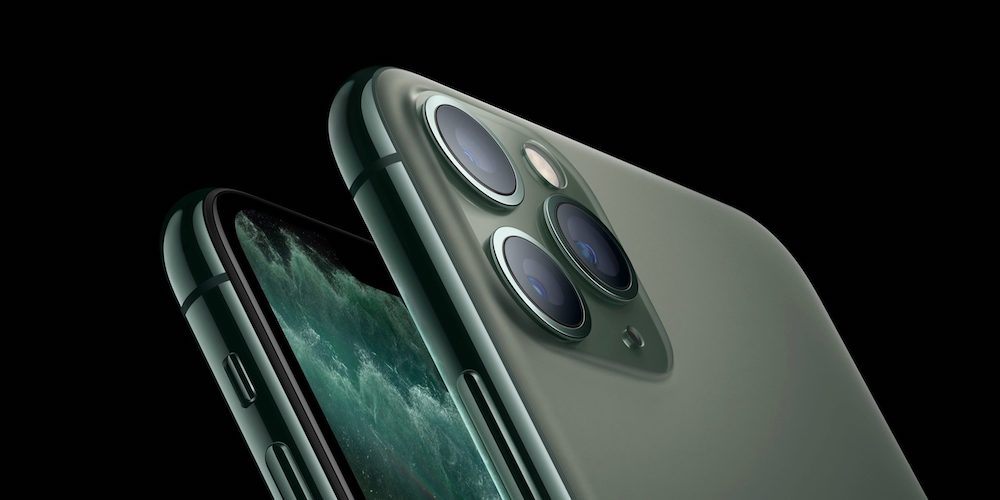
Aside from display size and battery capacity, the smart products are similar in terms of functionality. The iPhone 12 mini is perfect for people who desire an iPhone which can be operated in one hand due to its compact size.
Features Of The iPhone 12 Series
Excluding the Face ID feature and tiny bezels all around the edge, all handsets this year have Super Retina XDR OLED screens with an edge-to-edge appearance. The display quality of the ordinary iPhone 12 versions and the Pro versions is the same.
The iPhone 12 models use a new A14 processor, which is the first in the smartphone market to be manufactured on a 5-nanometer technology for improved efficiency. In addition, the A14 processor has a 16-core Neural Engine that boosts machine learning performance by 80%.
The Bottom Line
The iPhone has evolved from a 16-gigabyte search engine to a 512-gigabyte all-in-one camera, workplace, and media room. But, in my opinion, iPhone has yet to release its game-changer for this year and the coming years.